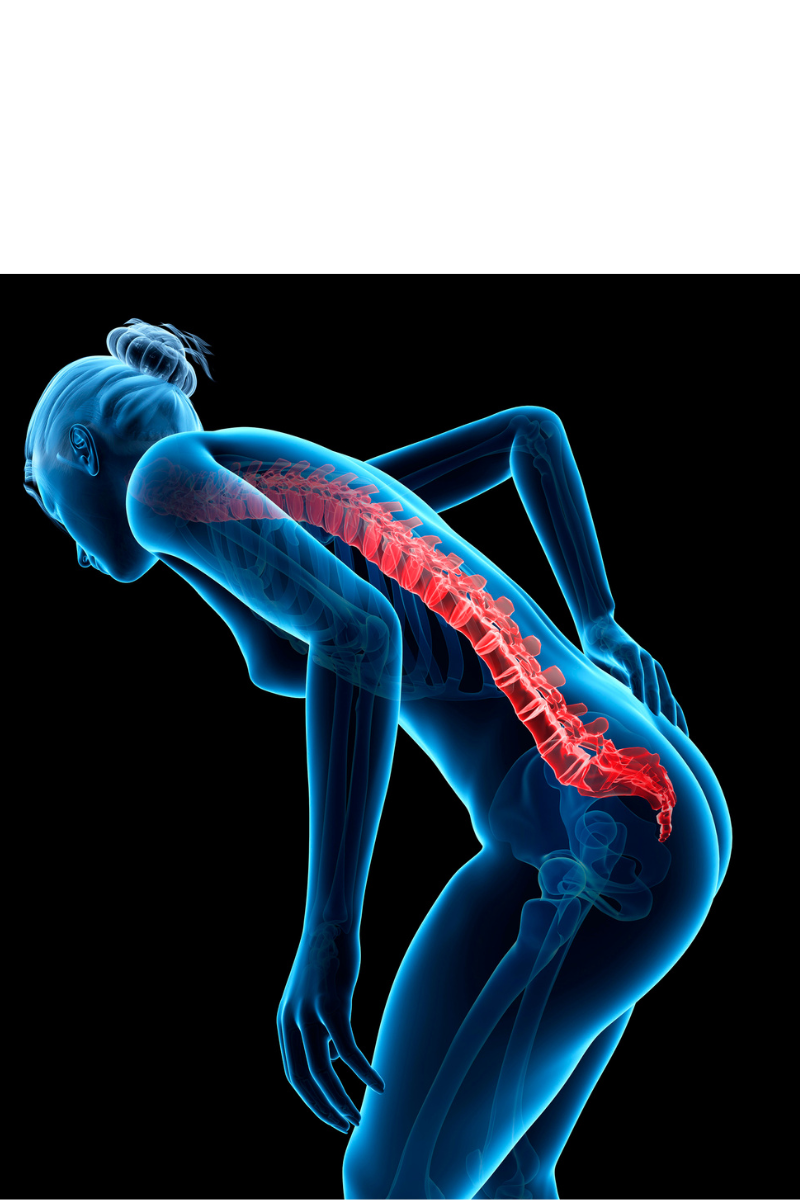I’ve probably had well over 100 clients asking for help with their back pain over the past 10 years. And I get it! Back pain is what brought me to Pilates too! The interesting thing is that most of these people didn’t just wake up one day and decide that Pilates would cure their back pain. Actually, their doctors pushed them to try Pilates as a way to deal with (and hopefully resolve) their pain. So Pilates is not just some trend. It’s been here for a while. It’s been shown to work time and time again. And so it will continue to endure. It’s why I feel completely comfortable saying that it usually works. But how?
The human body is an amazingly complex system; perfect as it is. The problem is, when one thing gets out of whack, it messes with the whole system. Putting it simply, we need to find a way back to our ideal alignment, in order to get back to our ideal functioning and movement..
Think of a Jenga tower. Now focus on the 5th row from the bottom of the tower. Imagine I were to remove the right and center piece. What would happen? If I were careful enough, it might not collapse right away. But the stability would be highly compromised. And each piece taken and replaced on the tower would add more and more stress to that 5th row, until the tower’s stability breaks down, and it collapses. I think the human body works in a similar way. When the anatomy is compromised in one place, the interconnectedness ensures that it will be felt elsewhere. Sometimes it is in the form of pain. Other times it’s compensations that create faulty movement patterns, and yes eventually some kind of discomfort.
When thinking about it in this way, I think it is clear that this all comes down to balance. No, I am not talking about standing on one foot. But how uniformly we develop different sides to the same part. In developing, I am talking about strength and stretch. Because these are two elements that every muscle in our body needs. Thinking of it in another way, we don’t want too much lax or too much tension, because that would throw our system out of whack.
But it is not just about the balance between strength and stretch that matters. It’s also about the development of one side of the structure in respect to the other. Let’s take for instance two muscle groups that pull on the knee: hamstrings and quadriceps. If you are stretching the hamstrings a lot without strengthening them, and strengthening the quadriceps without stretching them (as many people do), you are creating a recipe for injury. Why? Because there is a great imbalance in tension on the muscles pulling on the knee. It’s an injury that I personally know quite well, and definitely would not recommend.
One of the basic ideas behind Pilates is to rebalance the body. In Return To Life, Joseph Pilates tells us that we learn to tense our muscles in the right way, so that we can learn to relax them similarly in the right way. So this focus on balance is built into the very fabric of Pilates. Every exercise has an element of strength and stretch, and the different apparatus create tension using springs. This forces us to focus on the eccentric contraction, or the lengthening contraction of the muscle. We don’t just let go, when we have done the primary part of an exercise. But we return to our starting position in a very controlled way. Remember, Joseph Pilates called Pilates Contrology, so it’s kind of a big part of this system that he so brilliantly developed. You can see the difference when you imagine someone finishing a Pilates exercise and someone finishing a barbell exercise in the gym. The Pilates exercise is performed with so much control that the completion is very silent. While the barbell exercise usually ends with a loud slam to the floor, that most others at the gym can actually feel.
And that’s just the half of it, literally. Let’s let that soak in, and revisit this topic later on. So stay tuned for Part 2…

View comments
+ Leave a comment